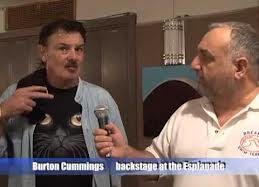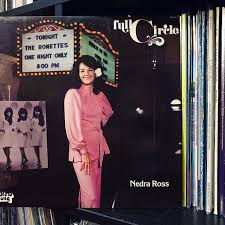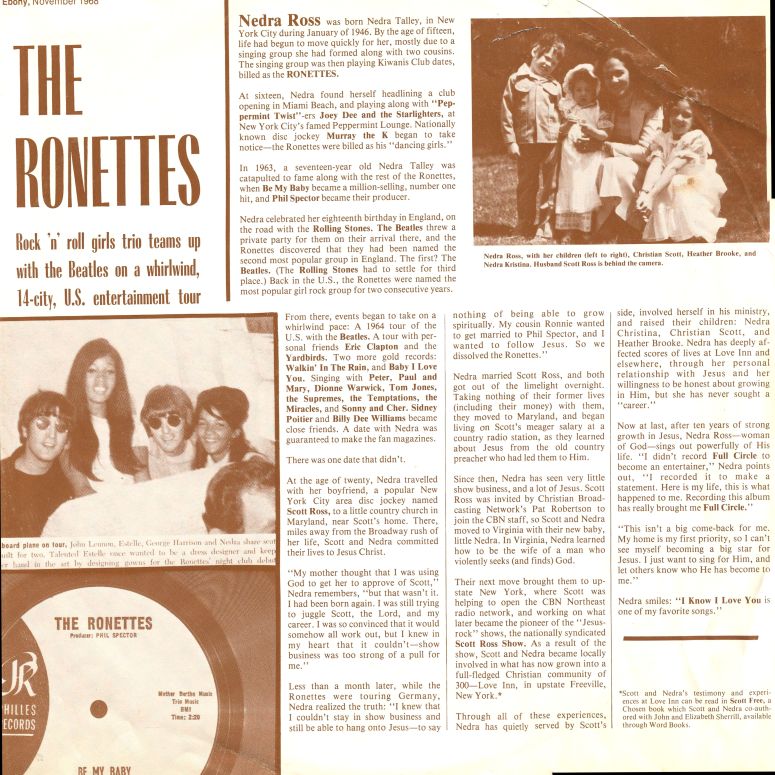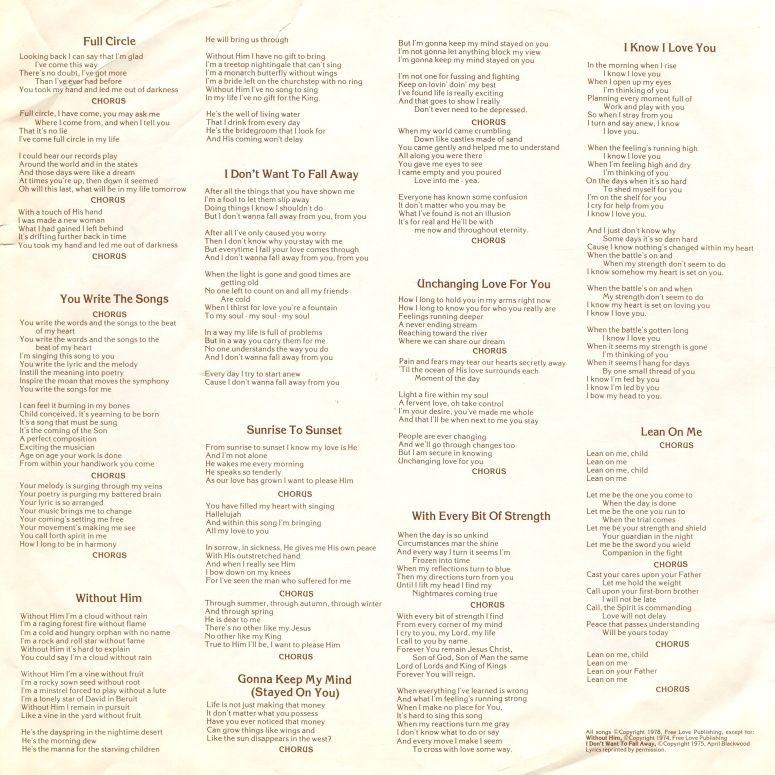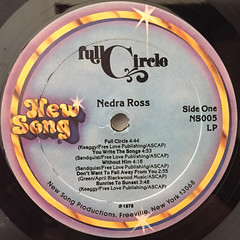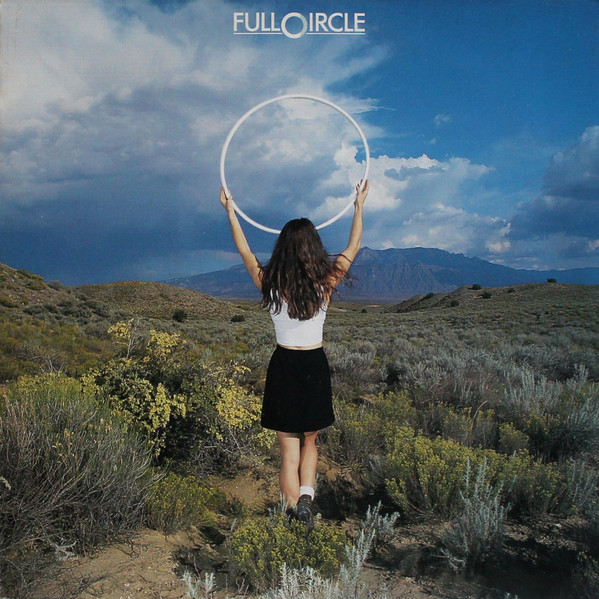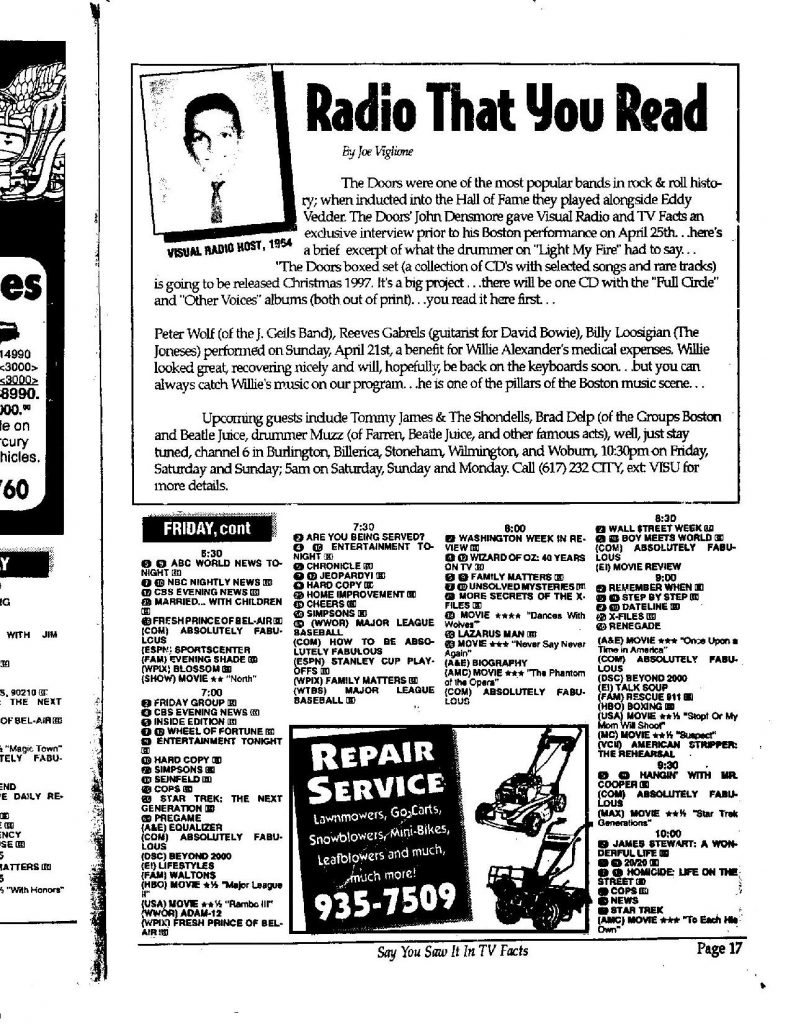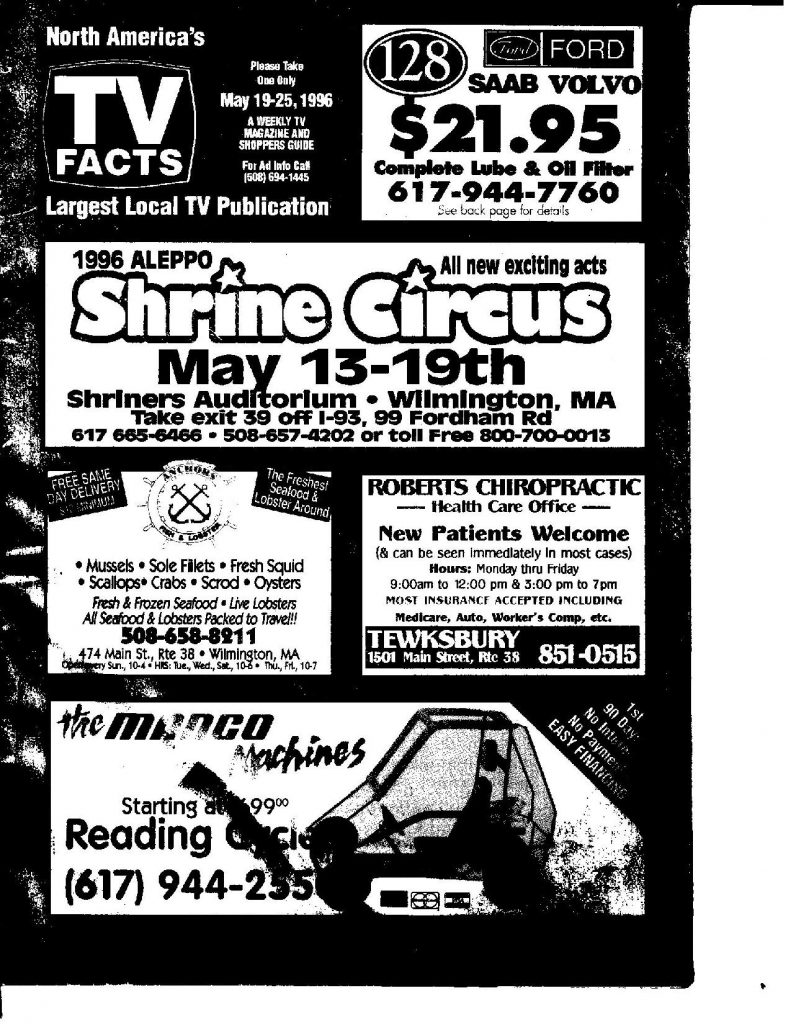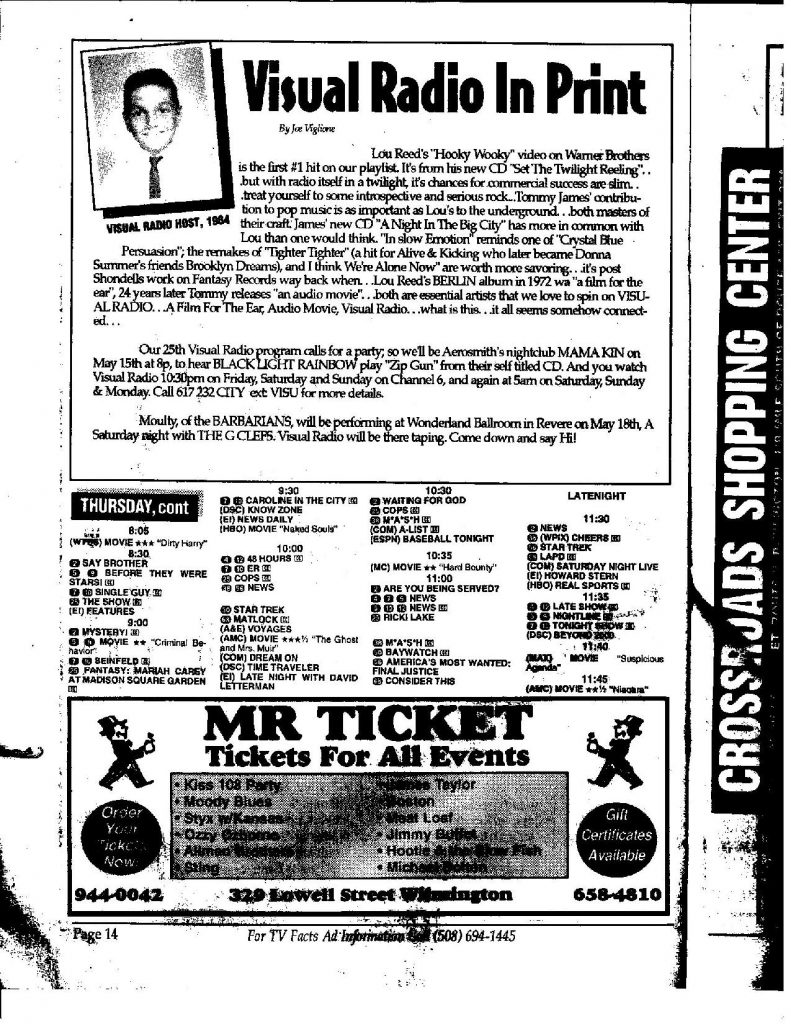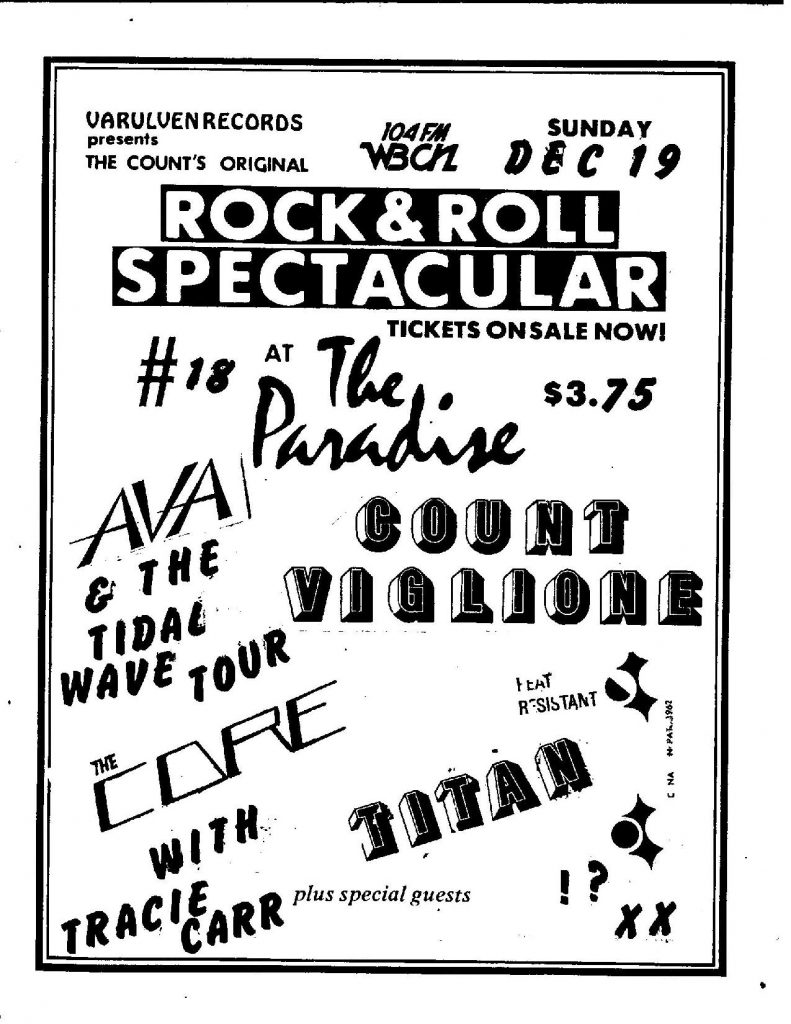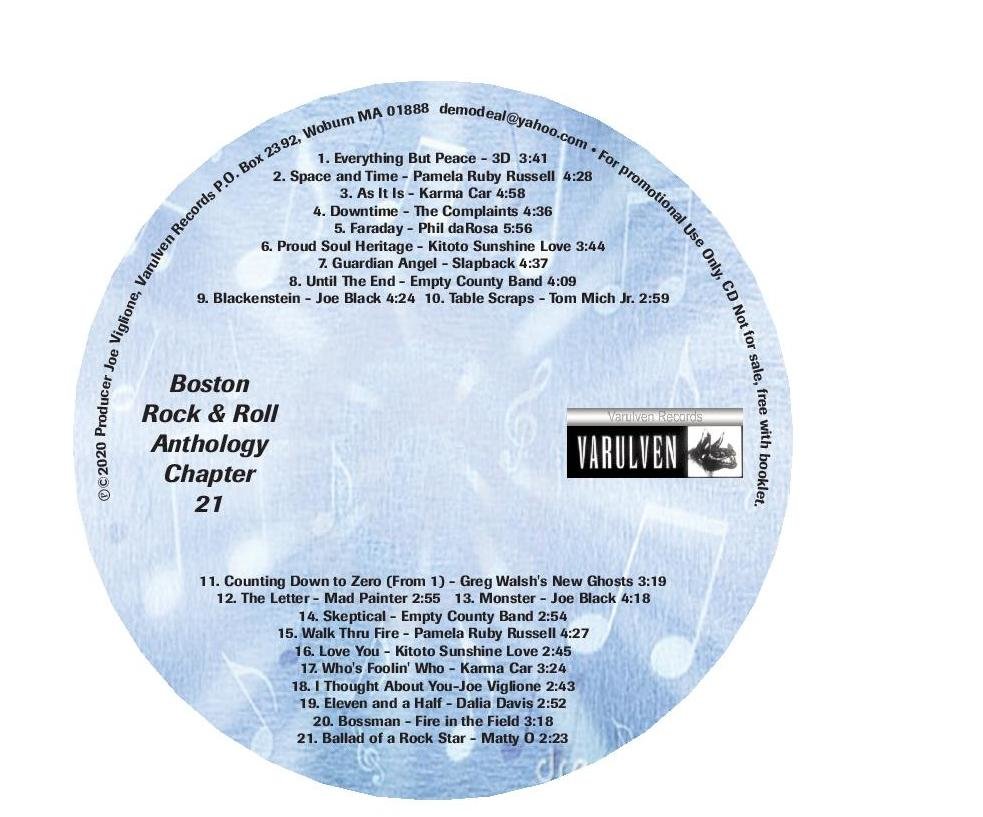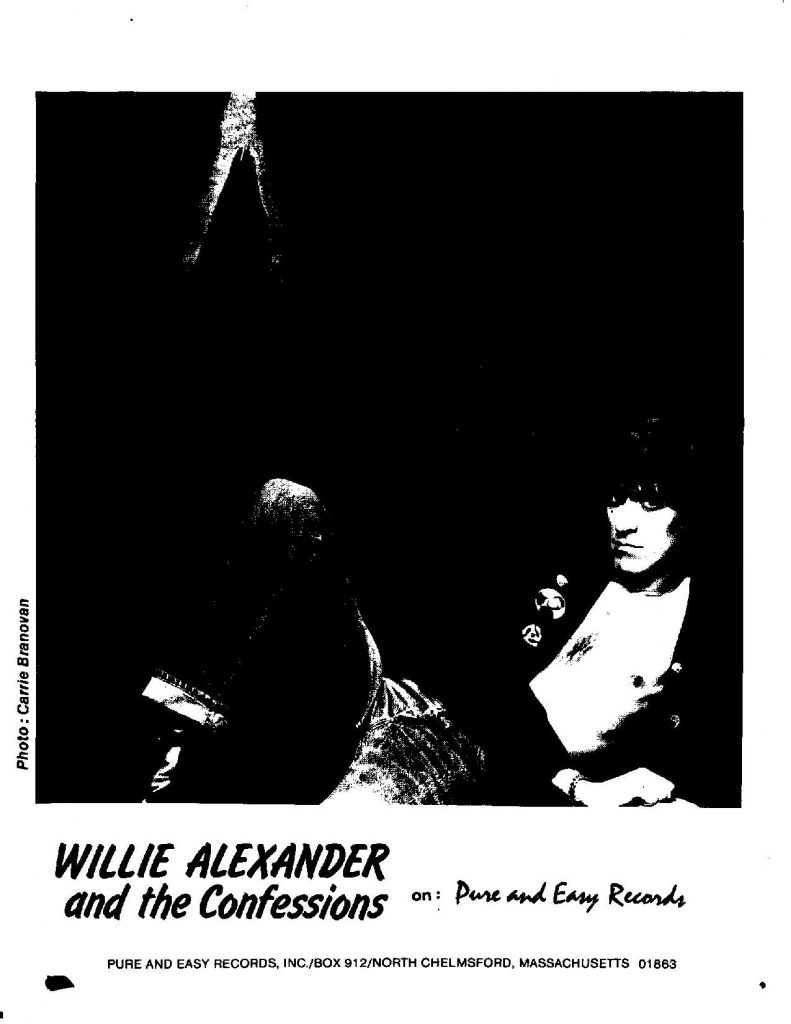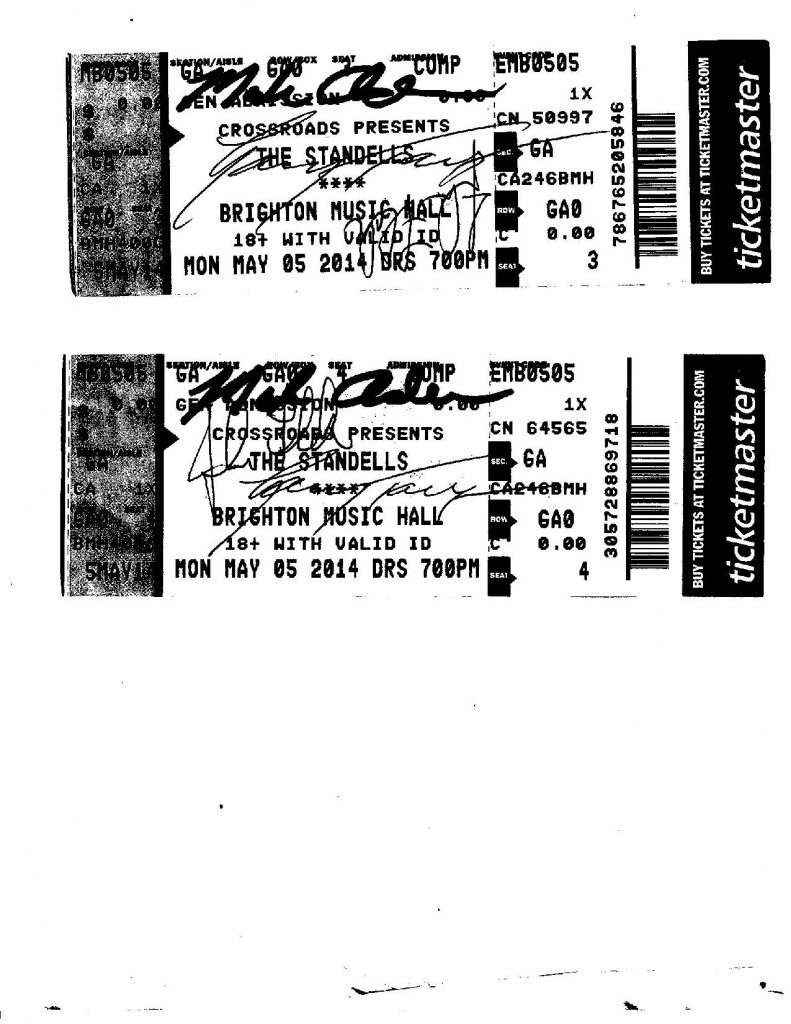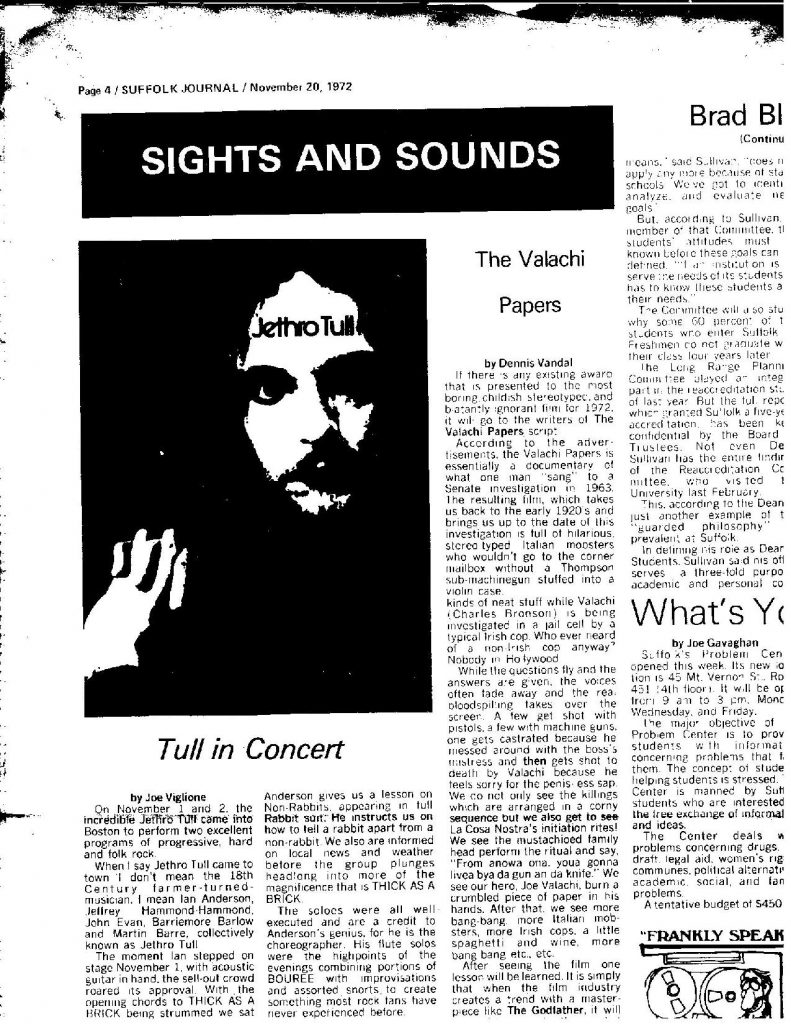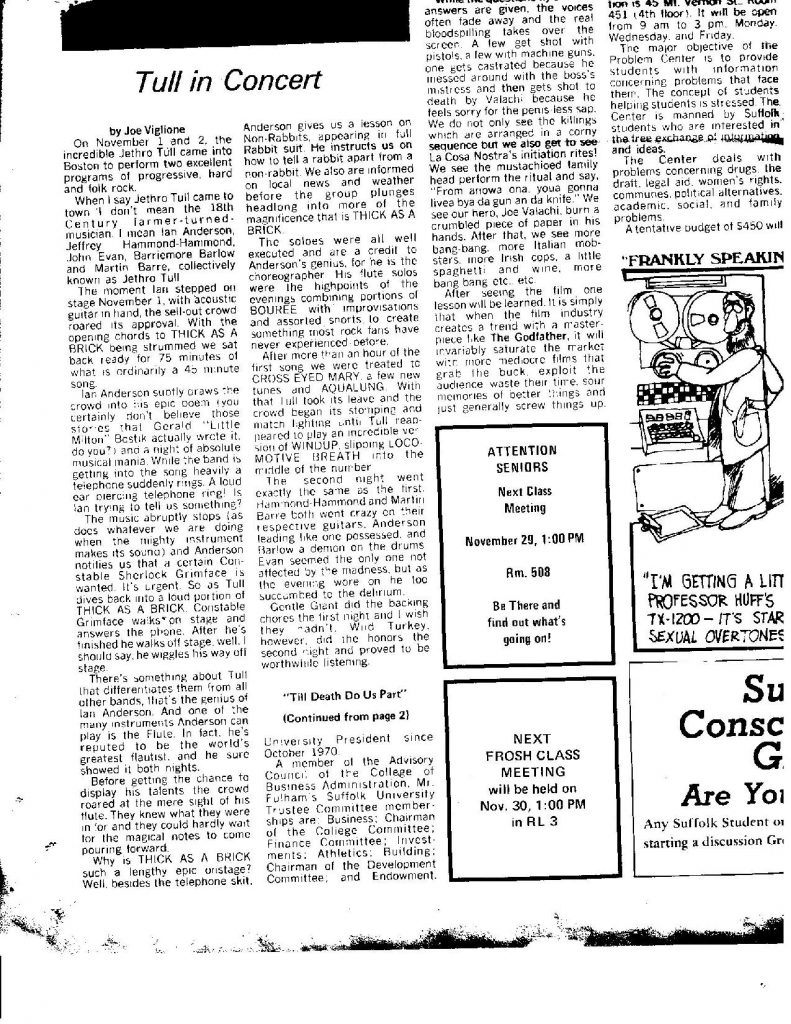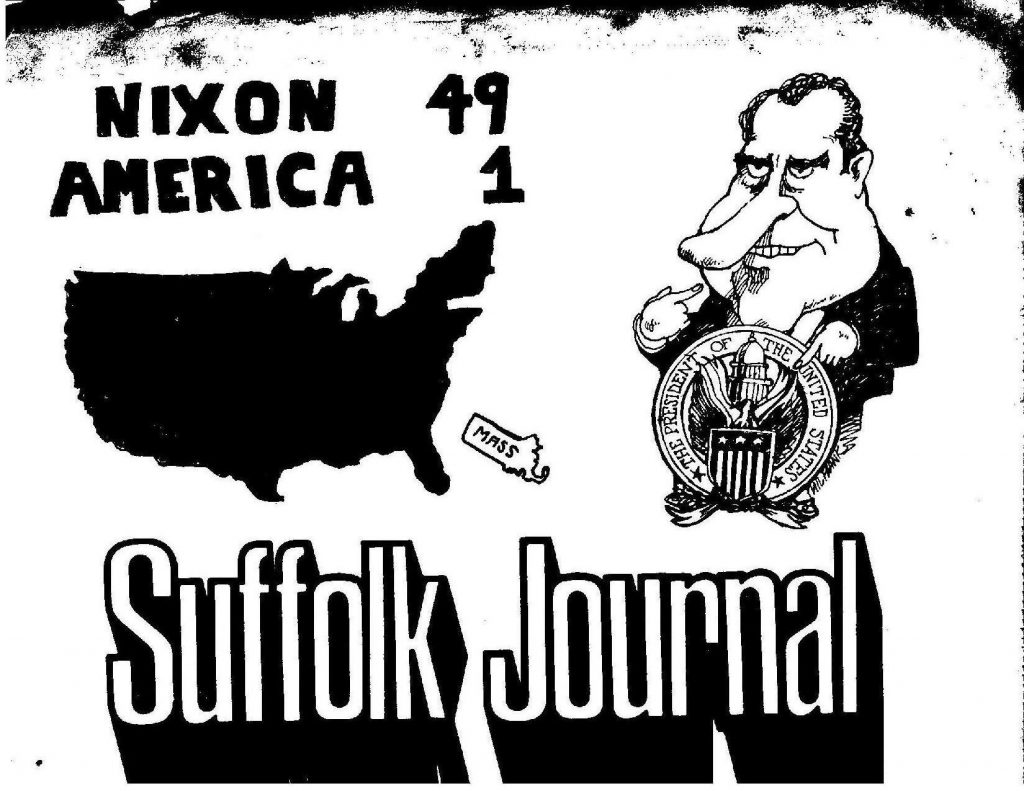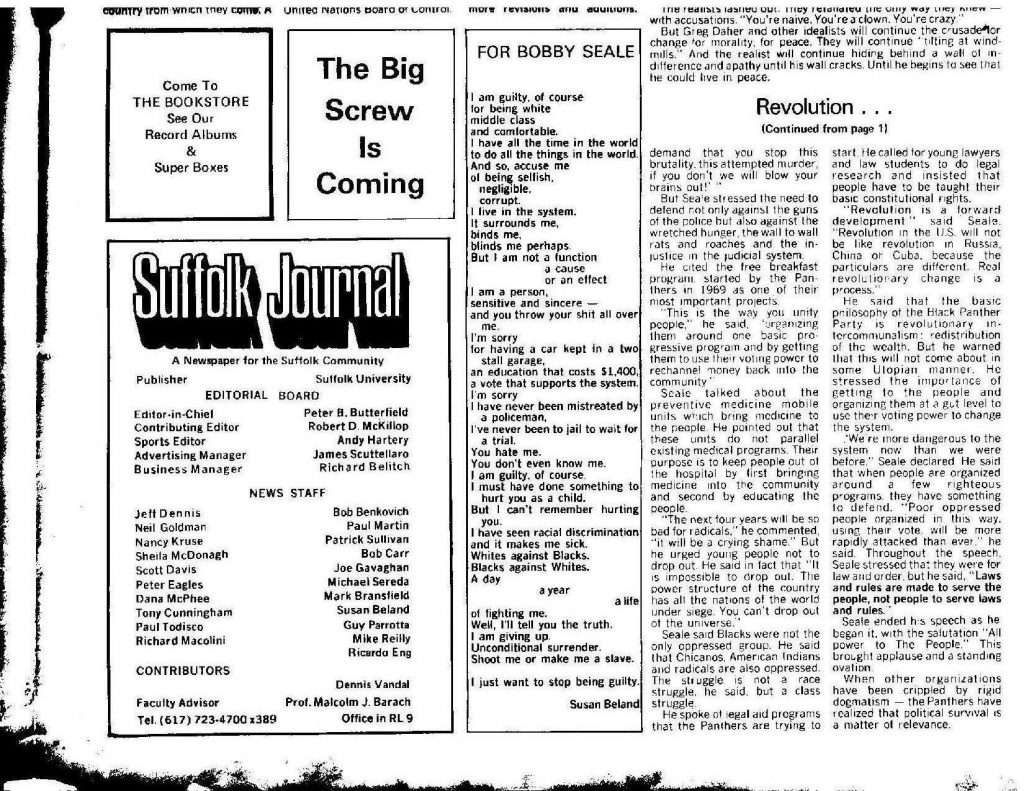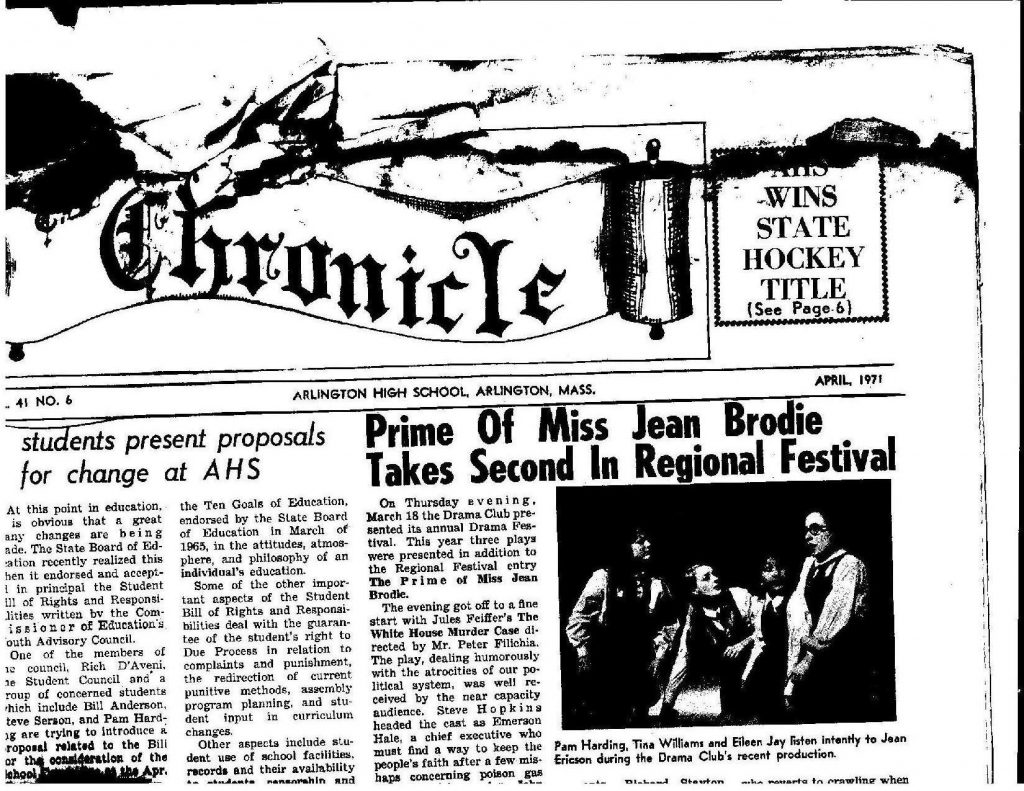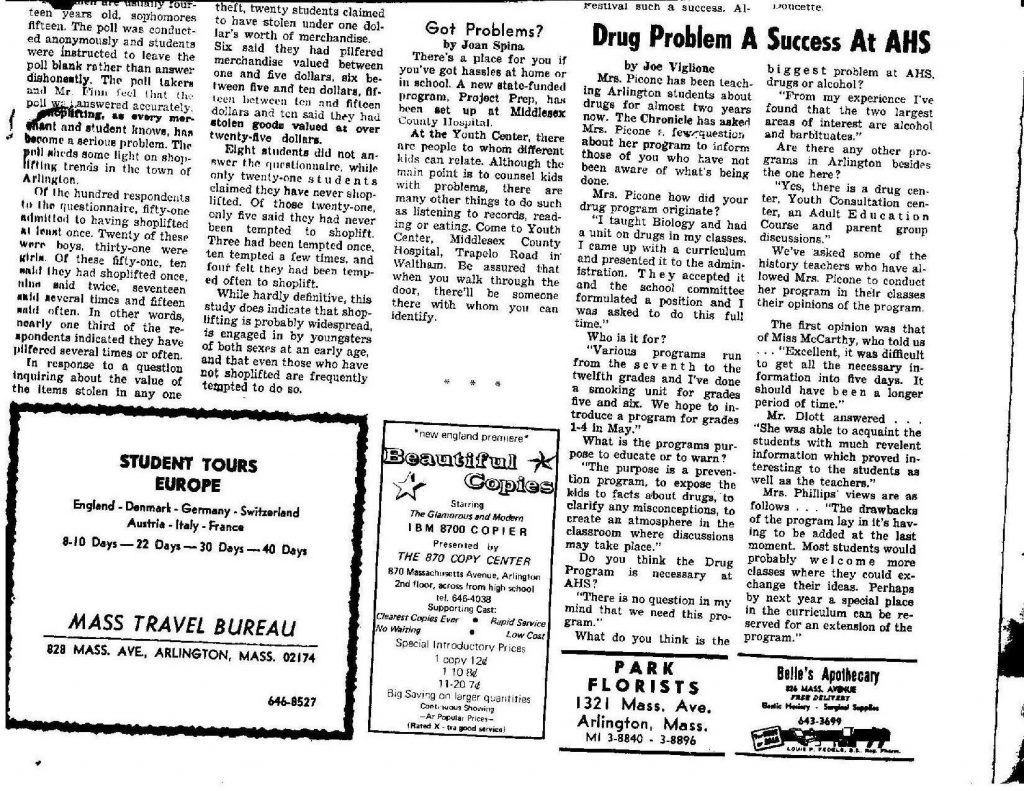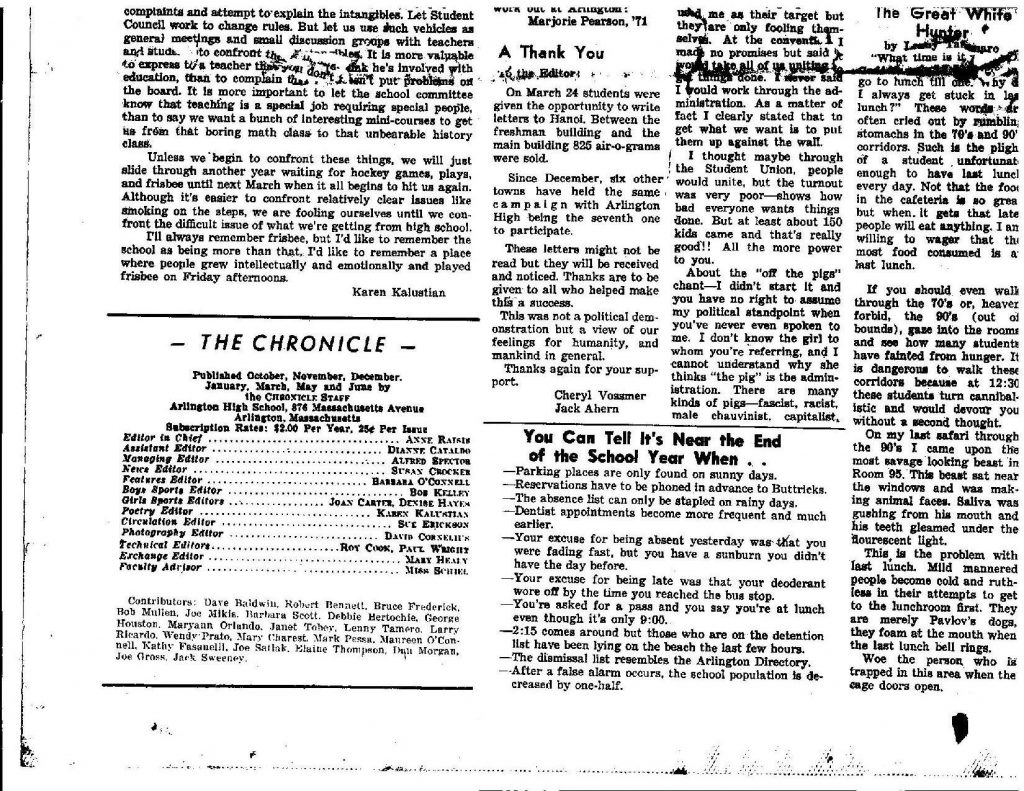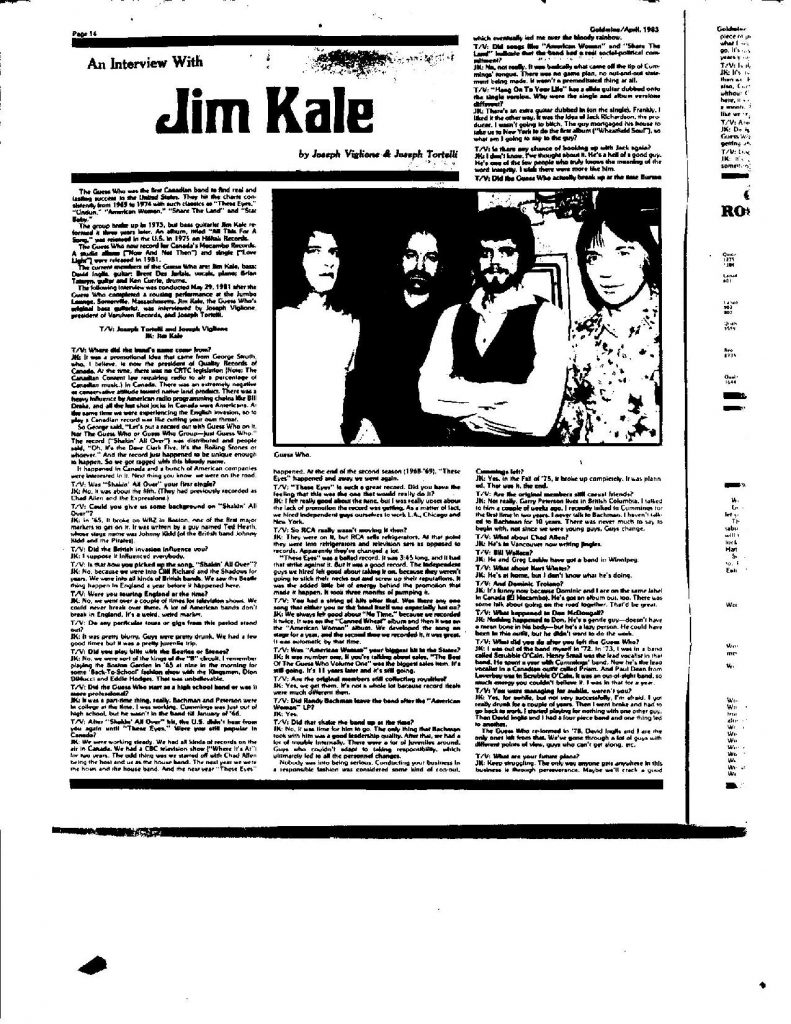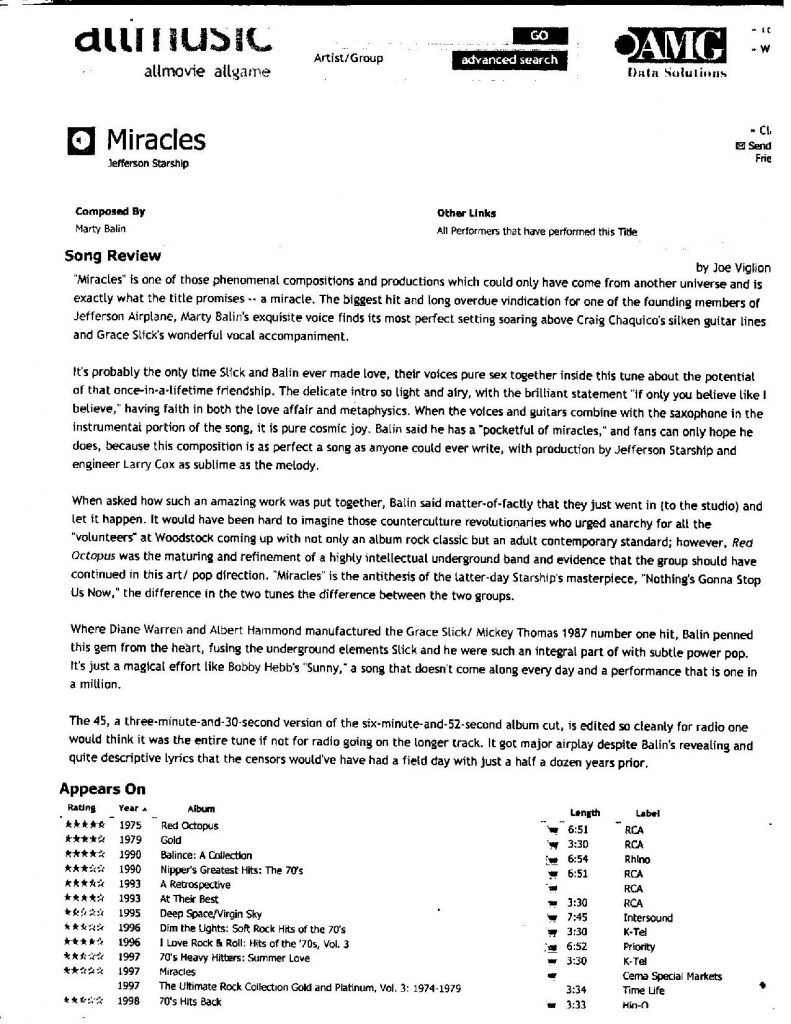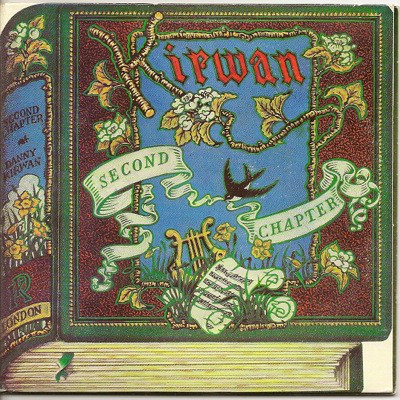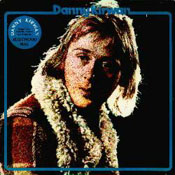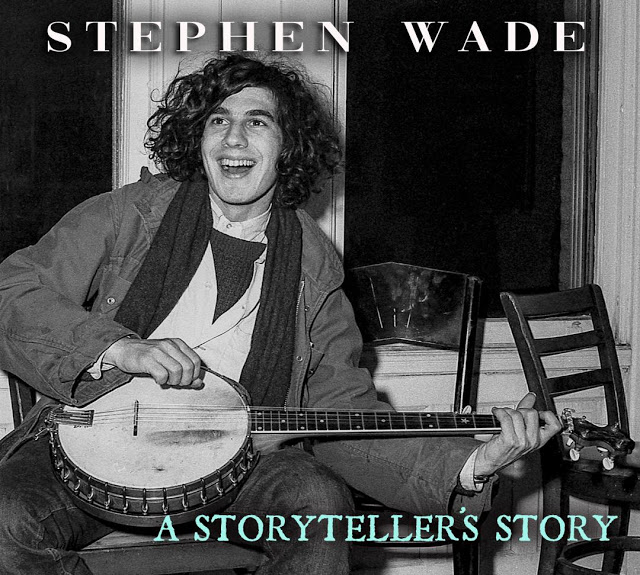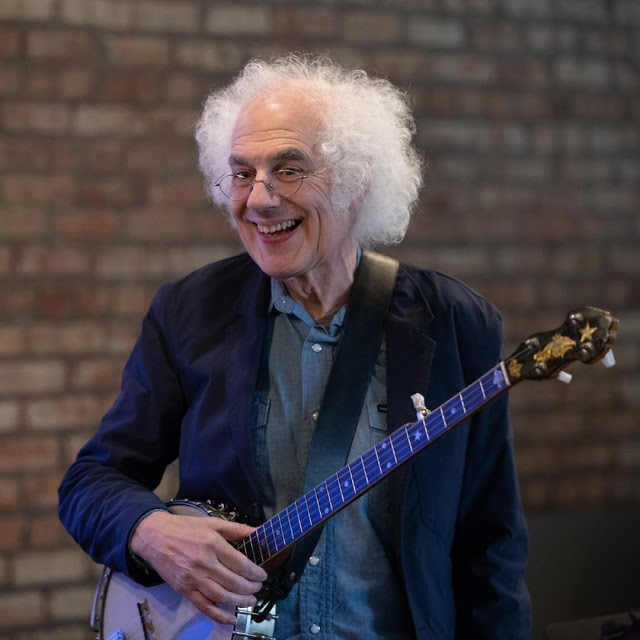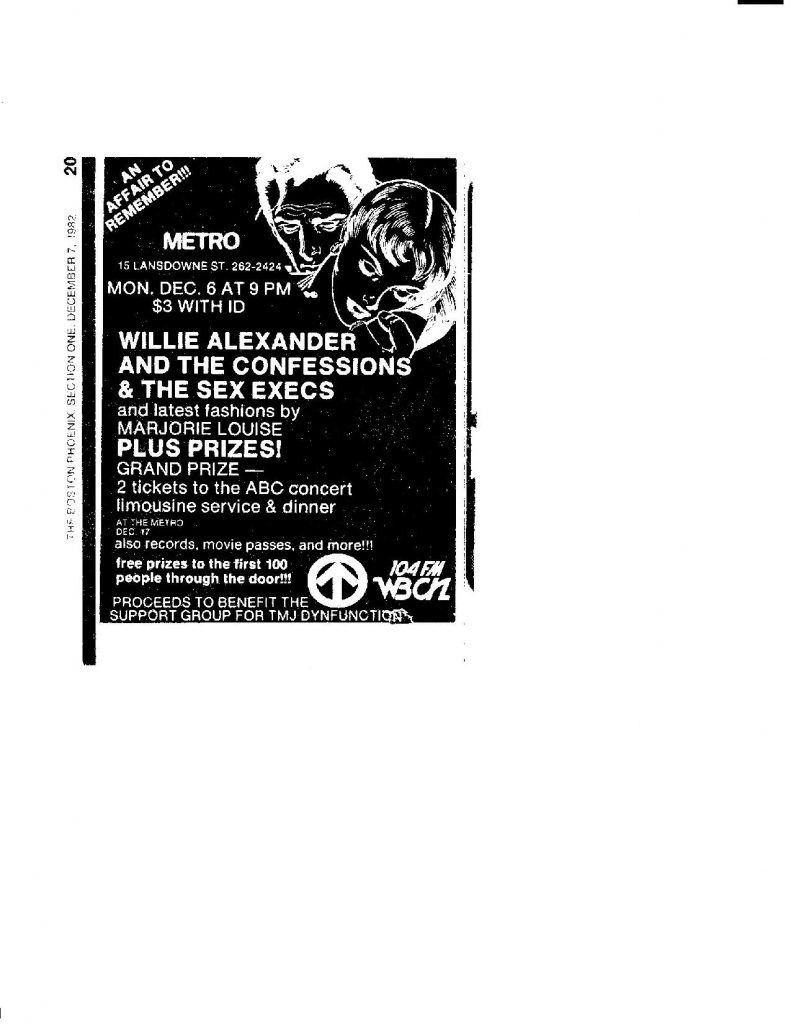https://ffanzeen.blogspot.com/2015/06/robby-krieger-beyond-doors-1983.html

Text by Joe Viglione and Eric Brown / FFanzeen, 1983
Images from the Internet
www.robbykrieger.com https://ffanzeen.blogspot.com/2015/06/robby-krieger-beyond-doors-1983.html
This interview was originally published in FFanzeen, issue #11, dated 1983. It was written by Boston-based musician, music historian (and so much more) Joe Viglione and Eric Brown. – RBF, 2015
Robby Krieger, guitarist / song-writer for the Doors, was, and still is, one of the most influential and creative guitarists in rock’n’roll.
The 1982 Robby is a mellower, wizened musician, not content to stay within the safe boundaries of commercial pop which he helped establish, and which in 1982 – more than 12 years later – is suddenly chic and very popular.
In the heat of the Doors revival, Robby Krieger has emerged with a hot band, a surprisingly different direction for those unfamiliar with his post-Morrison works, and a new album on Passport Records, entitled Versions.
We caught Robby’s soundcheck and show at the Channel Club in Boston, on October 23, 1982, and again at the Peppermint Lounge in New York, on the 28th. Along with some instrumental originals, jazzy versions of Doors songs like “Crystal Ship” and “You’re Lost Little Girl,” there were rocking versions of “Love Me Two Times” and “Roadhouse Blues.” At the Peppermint Lounge, Eric Bloom of Blue Oyster Cult jumped onstage for “Roadhouse” and got the place jumping with his earthy vocals. Thankfully, someone at the Peppermint had the good sense to videotape the night.
Despite the zillion interviews (in fact, MTV bumped this interview up a day and a half) and hectic schedule (like speaking at the College Media Brainstorm 2 Convention at the Sheraton up the street); and being, along with David Johansen, the most interesting guest at that otherwise boring affair, Robby proved to be one of the more easygoing and polite musicians around. Despite that, I was a nervous wreck conducting this interview: talent and legend are hard to take in one sitting.
Special thanks to Robby’s manager, Richard Linnell, for making this possible.
– Joe Viglione, 1983
FFanzeen(* = Joe Viglione): When did you decide to put a new band together and to tour?
Robby Krieger: Well, after I finished the album, I decided to – to get the album going. I’d get out and tour. That was about a year ago, I guess. It took a while to find the right guys for the band.
FF*: How long did it take to conceive Versions and put it out?
Robby: To do the whole thing, about a year. I took my time doing it. I had a bunch of other stuff I was doing at the time.
FF*: I see you’re still playing slide guitar onstage.
Robby: Not a lot of slide. I play as much as I can. Unfortunately, my slide guitar broke that night [at the Peppermint Lounge, October 28 – JV] or it was broken. The neck started to get a crack on it.
FFanzeen(# = Eric Brown): That’s the black Les Paul?
Robby: Yeah, the Les Paul. It’s too bad. It held up last night. I hope it’ll be okay for the rest of the tour, but there’s a definite crack in it.
FF*: Why did you produce Versions by yourself?
Robby: If I could’ve gotten someone like Tom Dowd [d. 2002 – RBF, 2015] or somebody, I would’ve gone ahead with that, but I’d rather not do it myself ‘cause it’s a lot of work and it’s – you don’t get the perspective that you really need when you do your own thing. But I’m happy with the way it came out.
FF*: How do you choose your guitars? Why a Les Paul?
Robby: Les Paul I use for slide and the reason I chose that is ‘cause it’s real heavy; it’s the oldest one they made, which is a ’54, I think. It’s like a big tree. It’s a Black Beauty. The neck is like a tree trunk. For regular playing, I use the 355 guitar, which is a Gibson. And it’s a mono 355; most of those are stereo. For some reason I found this mono and they’re a little heavier than the 335, so…
FF*: What do you use for effects?
Robby: For effects I’ve got a Chorus, a Digital Delay, Analog Delay, a Distortion, and a Slow Gear, which makes it sound like you’re using a volume pedal; kinds of cuts off the first part of the note.
FF#: Yeah, I kind of noticed that.
FF*: What kind of amps?
Robby: Twin reverbs, pretty much. I was going to try this Acoustic. They’ve got a new amp out that’s comparable to a twin reverb, but I couldn’t get it working right before the tour.
FF*: How long do you see this band staying together? Another LP?
Robby: It’s hard to say. It’s going real good right now. It could last for a long time.
FF*: You’ll be planning another tour?
Robby: Well, when we get back to L.A., we’re going to start going out again for the rest of the year.
FF*: How did you find your manager?
Robby: Well, I’ve known Rich Linnell for a long time. He went to school with my brother. He ended up promoting some Doors concerts when the Doors were playing. I’ve just known him for a long time.
FF*: What is his function as a manager? And what do you see as the role of a manager for Robby Krieger?
Robby: He’s got to work with the record company, with tours, promoters, agents – he’s the buffer between me and all these types of people. Plus he has to be creative in thinking of different ways to get me working.
FF*: How about the creative moment with Robby? Do you have to put yourself in the right frame of mind to create a great song, especially songs like the old Doors hits of which you wrote a major portion?
Robby: You can’t put yourself in a mood. It’s pretty hard, unless you have the right drugs [laughs], but usually it doesn’t happen that way. You have to be in the mood.
FF*: Do you turn the recorder on?
Robby: Usually I don’t ‘cause I figure anything that’s good enough to be a song I’ll remember when I play it. Although I think I have forgotten a lot of good songs so I have started using a recorder lately.
FF*: What do you think of the stage of the art of recording today? Do you have the same feeling that you did about production when you approached a record in the ‘60s as you do now?
Robby: It hasn’t really changed that much. The tape recorders are basically the same. I haven’t tried the digital stuff yet. That’s more gimmicks now, but you can only use them in certain instances, I think. In fact, I recorded this album 16-track, which I hadn’t – I’ve always been using 24 for years. Everybody has but – I figured I could get better sound by going with a 16-track with two-inch tape because you have more space on each track. Since I wasn’t having vocals I know I wouldn’t need that many tracks anyway. We did it on an Otari 16-track machine.
FF*: You produced the Tan, a Californian band?
Robby: They’re from Santa Barbara, actually. They’re sort of like a New Wave surf band. They’re really good.
FF*: Did you see them in a club or did they approach you?
Robby: …I played with – I had this group, Red Shift, in L.A., for a while, and we played opposite them on a bill in Santa Barbara one time. It turned out my friend was managing them, so I happened to get involved with them.
FF*: I’ve got a couple of albums here that you might remember [two Butts Band LPs on Blue Thumb Records – JV]
Robby: A-ha!
FF*: I remember you guys played the Performance Center in Harvard Square, Cambridge (MA). It no longer exists; it’s now a shopping mall.
Robby: Really, that’s too bad.
FF*: How long did the Butts Band last? I know there were two different albums.
Robby: Well, it lasted for two albums; two or three years. As you said, there were two different bands, one with some English guys. John Densmore [The Doors drummer] and myself were the nucleus of the group. Then we decided that was too hard to keep together so we went ahead and formed an American version. And we got caught up in record company bullshit. Blue Thumb got sold to U.A. or something like that, and we just sort of got lost in the shuffle over there. It’s too bad; we had some pretty good songs on both those albums.
FF*: I really like the Other Voices and Full Circle albums by the [post-Morrison] Doors. What are your feelings on that material?
Robby: I think there’s some good stuff on those albums. I think we probably shouldn’t have come out so soon after Jim’s death with those. Maybe the public wasn’t ready for it yet or – probably should’ve waited about five years or so.
FF*: Maybe, but you were great on the Boston Common in the 1972 Sunset Series [August 17 – JV].
Robby: Oh, yeah.
FF*: That was just wonderful
Robby: Yeah, when we were in Boston, I walked through that place.
FF#: I remember reading somewhere that when you first started, you used to play Flamenco. When did you get involved with jazz?
Robby: Well, I always liked jazz, so I’d say around ’74 or ‘5. I got real interested in playing jazz. I met a bunch of jazzer-type guys in L.A., and started learning about it. I didn’t really know enough about playing guitar to play jazz when I started out, ‘cause I was only – I started when I was only 16. And when the Doors hit, I was like 19, so I just was playing the Doors’ stuff for a couple of years; about five years there. But then I deicide I wanted to get into it.
FF#: That’s great. On your earlier albums, you could hear the influence. And now it’s really blossomed out. I watched you on TV in Boston, 5 All Night Live [the night previous to the Channel gig on October 23 – JV]. I didn’t know what to expect from you, but liking jazz fusion myself, it was a pleasant surprise.
Robby: I get kind of tired of it after a while, y’know. Just people soloing for hours and stuff, but I think – my approach is being a rock’n’roll player going into jazz, which not many people do. Most of your fusion players are like jazz guys, and they try to play rock’n’roll, and it doesn’t come off too great a lot of times.
FF#: There’s a difference. You use real heavy rock’n’roll rhythms under the melodic stuff.
Robby: Right.
FF#: The way you use the harmonies with the two guitars, it’s very –
Robby: Yeah, Barton [Averre, former guitarist with the Knack – JV], our other guitar player, he can play. Anything you tell him to play, he can play.
FF#: You guys seem to work with a lot of communication. The harmonies are real different. The off meds and the off notes are really – you end up on certain notes, not harmonies. It sounds terrific.
Robby: We use a lot of sixths in our harmonies.
FF*: It seems like you’re heading in a direction started with Full Circle. It was starting to get jazzier.
Robby: Hmm, a little bit, I guess.
FF*: With songs like “Mosquito.”
Robby: “Mosquito,” that’s true. You know that “Mosquito” was a giant hit in Europe.
FF*: Really.
Robby: Yeah, and South America, ‘cause I guess it was, y’know – I spoke Spanish a little bit in there, and people loved that.
FF*: You spoke Spanish in the song?
Robby: Yeah: “no mes moleste mosquite.”
FF*: “Get Up and Dance” [Full Circle] was a minor hit in Boston, and “Tightrope Ride” [Other Voices] was a big hit.
Robby: yeah, “Tightrope Ride” was good. Yeah, it’s too bad it didn’t really – there were some good songs on that. “Piano Bird” also was a good kind of jazzy one. “Piano Bird” has two basses on it [The LP credits only one, to Carole King’s ex-husband, Charles Larkey – JV]. It has one played by Willie Ruff – who’s like a jazzy guy. He played the upper register – and this Wolfgang Metz played the lower bass.
FF#: Wolfgang!
FF*: [To Eric] Yeah, Wolfgang, he’s great. He used to play with Gabor Zabo. He’s this little German guy with this really thick accent.
Robby: I liked the souped up version that that (the) Knack song, “My Sharona.”
FF*: [To Robby] It was a blessing for you that the Knack broke up.
Robby: Yeah, really [laughs]. Well, I knew Bruce Gary [d. 2006 – RBF, 2015], the drummer, before the Knack ever started, in L.A. So it was kind of natural when they broke up. I’m sure some super group will probably snap him up one of these days.
FF*: Someone like ASIA. Hey, thanks a lot for your time, Robby, and good luck.
